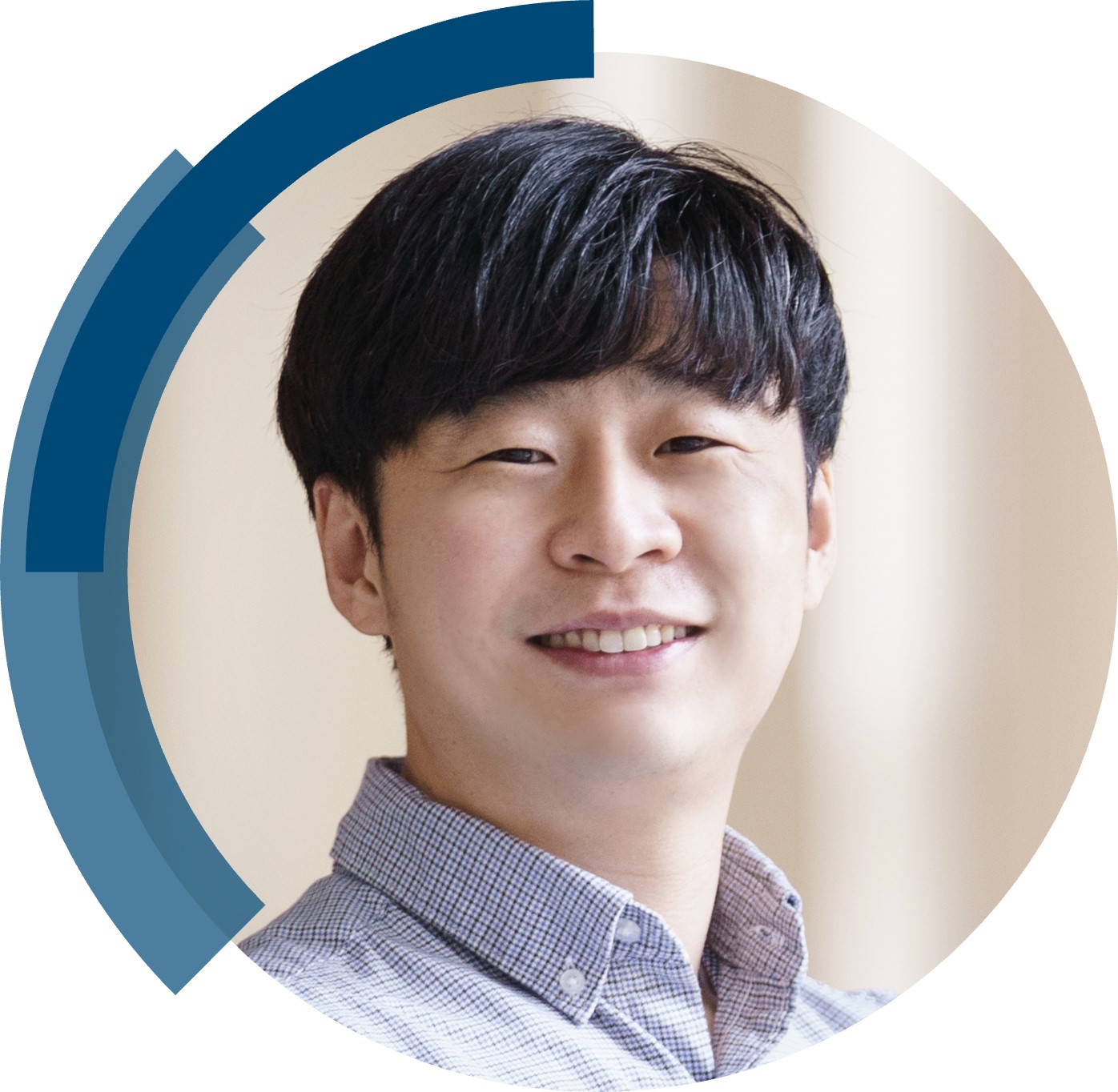ChemComm is publishing its 60th volume in 2024. Over the past 60 years, ChemComm has been the RSC’s most cited journal, and one of the most trusted venues for rapid publication of short communications. In our anniversary year, we recognise the important contributions ChemComm has made, and continues to make, in advancing the chemical sciences.
As part of our anniversary celebrations, we’ve brought together a collection featuring the latest research from some of our most loyal and dedicated authors. From those marking the beginning of their independent academic career by publishing their first article with us, to the rising stars and established leaders publishing in our yearly ‘Emerging Investigators’ and ‘Pioneering Investigators’ collections, this collection champions the contributions of our worldwide author community. We are proud many authors choose to support our journal by regularly publishing their best work with us. This collection also features papers from our ChemComm Emerging Investigator Lectureship winners, and our Outstanding Reviewer awardees, whose invaluable feedback has shaped our published content through the years.
To accompany the collection, we’ll be publishing interviews with contributing authors where they provide further insight into their research and reflect on their journey with ChemComm.
Check out our interview with Professor Kyoseung Sim (Ulsan National Institute of Science and Technology, South Korea) below!
How have you seen ChemComm evolve over the years, and what aspects do you find most noteworthy?
Over the years, I have observed that ChemComm has consistently upheld its reputation as a highly respected journal, publishing significant advancements in chemistry. One of its most remarkable qualities is its adaptability and openness to change. This flexibility has allowed the journal to broaden its scope, not only maintaining a strong focus on fundamental chemical research but also exploring how chemistry can be applied to address real-world challenges. By doing so, ChemComm bridges the gap between pure scientific inquiry and practical applications, illustrating how chemistry can both advance knowledge and offer solutions that improve our daily lives. This comprehensive approach is invaluable in guiding the future direction of research. In other words, ChemComm provides timely and impactful contributions across all chemistry-related fields, making it a valuable resource for both seasoned researchers and emerging scientists.
What is your favourite thing about ChemComm?
My favorite aspect of ChemComm is its rapid publication process, concise communication of impactful research, and, despite this timeliness, its rigorous peer review. I believe this combination allows ChemComm to remain at the forefront of cutting-edge chemistry, quickly disseminating advancements and pioneering new areas of research.
In what ways do you think ChemComm stands out among other journals in your field?
My response would be similar to the previous question. In fast-growing fields like soft organic electronics and wearable technology, the ability to report research efficiently is often crucial. ChemComm offers an excellent platform for such work, combining rapid publication with high-quality peer review, making it a valuable resource for quickly sharing impactful advancements
How would you describe the peer review process and interaction with the editorial team at ChemComm?
I feel the peer review process at ChemComm is both efficient and constructive. The reviewers provided valuable feedback that significantly improved the clarity and impact of our work, demonstrating a high level of professionalism and expertise in my field. The editorial team was also prompt and supportive, ensuring that the entire process, from submission to publication, was smooth and highly professional.
Could you provide a brief summary of your recent ChemComm publication?
Our recent publication presents the development of fully soft vertical organic photodetectors (v-OPDs), where all components, including the electrodes and light-sensing layers, are made from soft materials. By enhancing both the chemical and physical adhesion between device layers through the introduction of strong chemical bonds, we achieved robust, durable devices capable of withstanding mechanical strain up to 50%. These v-OPDs exhibit excellent light-sensing performance, rapid response times, and can operate without external power, making them highly suited for wearable optoelectronic applications.
In your opinion, what are the next steps or potential areas of research that could build upon the findings in this paper?
The immediate next steps would involve enhancing the performance, stability, and mechanical reliability of fully soft v-OPDs under various deformations, which is critical for wearable devices. Another important area of research is extending the improved adhesion between layers—a key innovation in this work—to other types of soft electronics, ensuring its universal applicability. The most crucial direction, however, is to find specific application areas where fully soft v-OPDs are uniquely suited, outperforming other technologies. By reaching the necessary performance thresholds and demonstrating practical, system-level applications, I believe we can more precisely define the role of this technology in next-generation wearable devices.
Be sure to read Kyoseung’s article, “Chemically and physically enhanced adhesion for robust interfaces in all-soft vertical organic photodetectors” to learn more!












